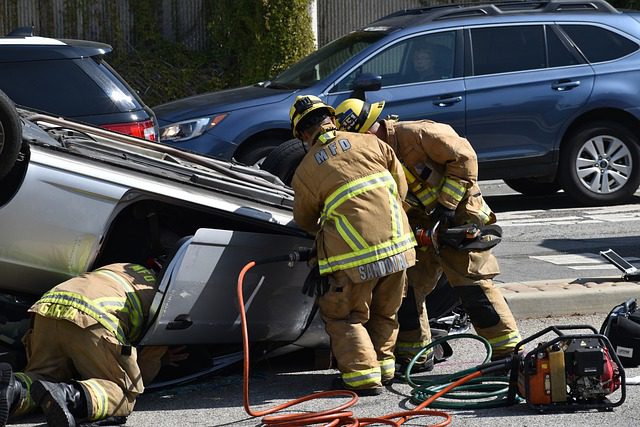
A Growing Threat
All it takes is a second. A glance at a text, a turn toward the backseat, a look that lingers too long on a roadside attraction. These moments of distraction, however fleeting, are dangerous.
In 2020 alone, distracted driving claimed the lives of 3,142 people.
Here’s a closer look at the types of distracted driving and the things that can pull a driver’s attention away at a crucial moment.
3 Types of Distracted Driving
There are three main types of distraction that you may face while on the road: visual, manual, and cognitive.
- Visual distraction involves taking your eyes off the road. Examples include looking at a billboard, checking a text, watching the scene of an accident as you pass, and searching for a lost or dropped item in your car.
- Manual distraction involves taking your hands off the wheel. This can occur if a driver attempts actions like taking a phone call, replying to a text, applying makeup, or adjusting hair or clothing.
- Cognitive distraction involves taking your mind off driving. This can happen when a driver “zones out,” becomes sleepy, or is distracted by a conversation or an argument.
What Distracts Drivers?
There are endless ways for drivers to be distracted from their task, but one of the most common distractions is cell phone use while driving. Calling, texting, social media, camera features, and many other phone activities can create visual, manual, and cognitive distraction for drivers. The danger of using your phone while driving is well known, prompting some states to have laws against it, yet the problem still persists.
A 2019 survey of US high school students found that “39% of high school students who drove in the past 30 days texted or emailed while driving on at least one of those days.”

Billboards can also be a significant source of distraction. Advertisements that are too eye-catching or arresting can take drivers’ eyes off the road, while clusters of billboards can cause mental fatigue and/or visual distress. Billboards also frequently promote unsafe activities to drivers, such as alcohol and tobacco consumption. Learn more about the benefits of billboard control here, or see how you can support action against visual pollution.
Other common distractions while driving include:
- Using a navigation system
- Eating while driving
- Children or pets
- Adjusting car controls and settings
- Loud music
- Feeling sleepy, unwell, or highly emotional
Promote Safe Driving
When you’re on the road, knowing the causes of distracted driving can help you stay aware. Keep your eyes and mind on the road and your hands on the steering wheel. Practice general car safety such as wearing a seat belt. You can also promote safe driving for others by spreading awareness about distracted driving and taking action on issues like texting while driving, unsafe billboards, or driving under the influence.
Here at Scenic America, we know that the road trip is a quintessential part of the American experience. We want to protect that by supporting your safety on the road, reducing visual pollution, and preserving scenic beauty throughout the nation. Donate today to help us protect our beautiful places and the heart of our country’s character!